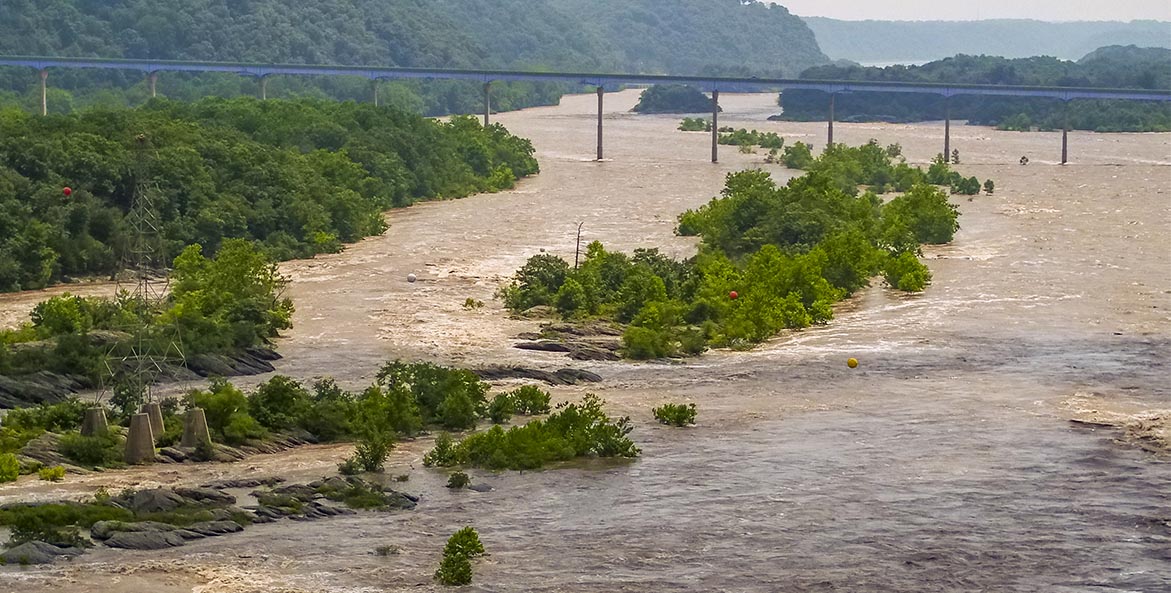The following was first published in the Erie Times News.
Reducing pollution in Pennsylvania's waterways is essential. With nearly 28,000 miles of rivers and streams impacted by pollution, Pennsylvania is our biggest opportunity to get watershed restoration on track. Those that call the commonwealth home, as well as those downstream in the Chesapeake Bay, depend on it. Pennsylvania truly is the keystone to clean water!
Although there's lots of work and collaboration that needs to happen, the good news is that new federal funding will help us get people and projects in place to achieve local goals. Communities across the state are driving demand for restoration and taking action every day.
This spring, volunteers and students from the Stone Independent School, a private school in Lancaster, are planting more than 2,000 trees in Lancaster and York counties. Planting trees along local rivers and streams is one of the most cost-effective ways to reduce pollution to local waterways and help combat the effects of climate change. Plantings will be made possible through the Keystone Ten Million Trees Partnership, coordinated by the Chesapeake Bay Foundation (CBF).
Local efforts to create countywide action plans (CAP), if fully funded, could collectively accelerate Pennsylvania's pace toward achieving its nutrient and sediment reduction goals. Lancaster's CAP, specifically, has had success in the number of people involved, dollars available, and projects going into the ground. It is a key piece in Pennsylvania's Phase 3 Watershed Implementation Plan (WIP), accounting for 21% of the state's nitrogen reduction. Progress locally is persistent with stellar work like conservation projects on farms in Fishing Creek and stormwater improvements in Manheim Borough, just to name a few.
Other local efforts include the work in York County to reduce pollution from stormwater runoff. Cumberland County has been a leader in assisting farmers to plant cover crops, another important practice that reduces pollution from farm fields. Erie County is working to improve protections for stream and road banks. This work is essential.
But there is still more to be done.
To date, adequate resources have not been available at the scale, pace, and flexibility necessary to reduce nutrient and sediment loads. Pennsylvania's WIP is underfunded by approximately $324 million annually.
But recent announcements by the U.S. Environmental Protection Agency and U. S. Department of Agriculture to contribute an additional $70 million to support efforts like these over the next year is a huge opportunity for communities within the commonwealth.
In addition, the federal fiscal year 2022 omnibus spending package includes funding for restoration plans for the Pequea Creek in Lancaster County, and the Halfmoon Creek in Centre and Huntingdon counties. These plans, coordinated by CBF, will get closer to reality with $3 million in direct federal funding, thanks to Sens. Bob Casey (D-Pa.) and Ben Cardin (D-Md.)
The commonwealth's legislature has a once in a lifetime opportunity to act on its clean water commitment by passing the proposed spending budget for fiscal year 2022-23, and legislation in the General Assembly to provide investments for critical financial and technical resources to farmers and communities for clean water.
The proposed Pennsylvania Clean Streams Fund legislation would allocate $250 million in federal pandemic relief funds to restore and protect rivers and streams across the state. Half of the investment would go toward establishing a vital cost-share program to farmers through local conservation districts known as the Agricultural Conservation Assistance Program.
The commonwealth has a big lift, and it will take greater commitments and investments from within to produce the clean water that is every Pennsylvanian's constitutional right. We have momentum on our side and a once in a generation opportunity to secure a legacy of clean water.
In places like Lancaster County, confidence that we can get the job done remains strong. Regional and local partners are working together in more ways than ever before, and we ask our leaders to do the same—the time to act is now.
—
Hilary Harp Falk, President and CEO, CBF
Allyson Gibson, Director of Strategic Partnerships and Programs, Lancaster Clean Water Partners




